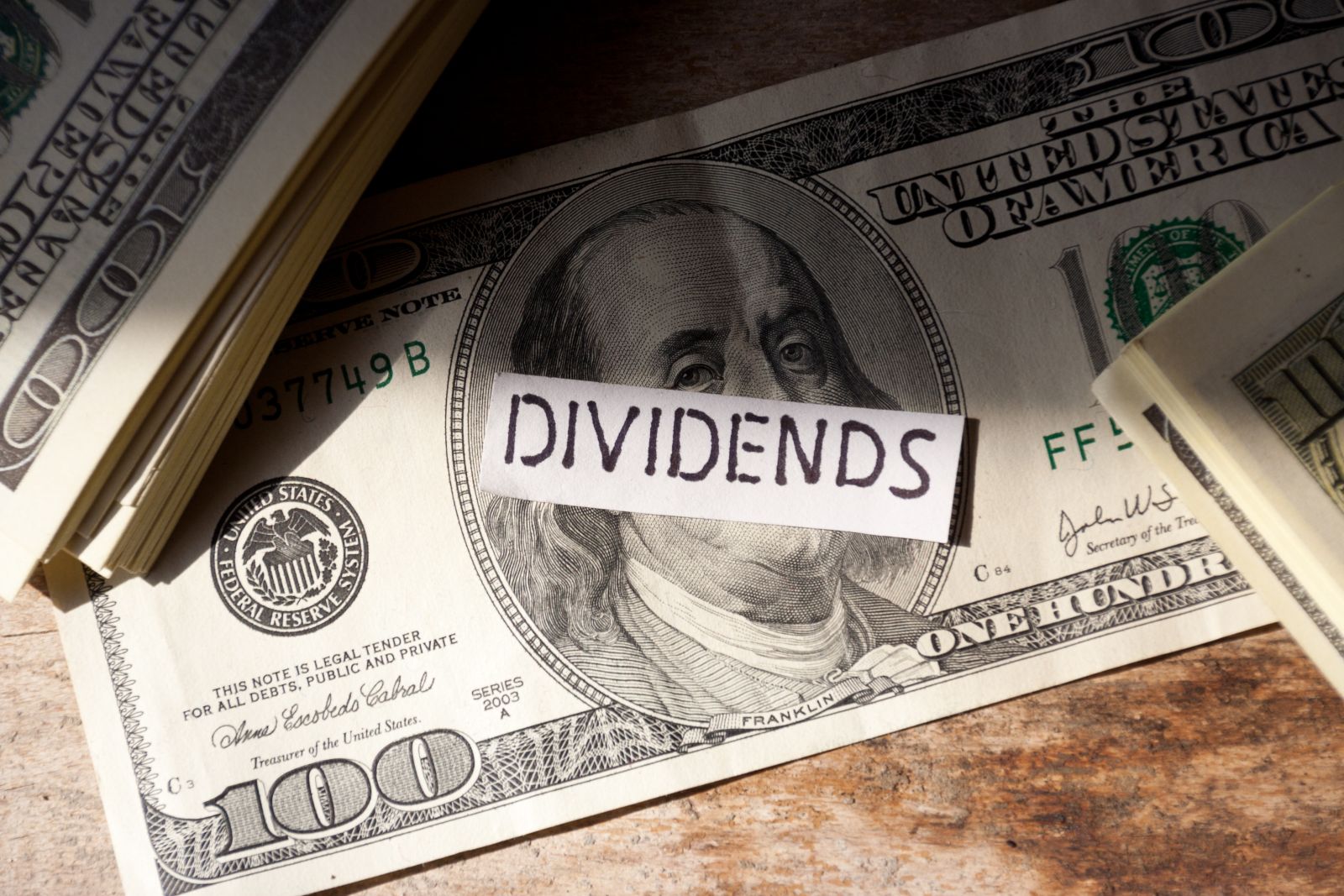|
Azalia Elev. Inc.
Cash Bids
Market Data
News
Ag Commentary
Weather
Resources
|
3 Value Stocks Poised to Grow Dividends and Buybacks Now
U.S. and Chinese officials surprised markets by agreeing to a 90-day suspension of most reciprocal tariffs. Announced May 12, the deal rolls back U.S. tariffs on Chinese imports from 145% to 30%, while China dropped its duties on U.S. goods from 125% to 10%. Investors broadly welcomed the de-escalation. Goldman Sachs now pegs the odds of a U.S. recession at 35%, down from 45%, and has revised its GDP growth forecast for 2025 up to 1%. However, this relief may be only temporary. The tariff suspension expires around August, and the pressure is on for the U.S. and China to reach a more meaningful deal. Business leaders remain cautious, as consumer confidence is stuck at a 13-year low, and any breakdown in talks could quickly reverse market gains. Peter Oppenheimer of Goldman Sachs advises investors to focus on value companies that can compound returns through both share buybacks and dividend growth. Which stocks fit this profile as the cycle resets? Let’s dive in. Dividend Stock #1: Exxon Mobil (XOM)Exxon Mobil (XOM) is an energy giant engaged in oil (CBN25), natural gas (NGN25), chemicals, advanced recycling, and emerging low-carbon solutions. In the first quarter of 2025, the company returned $9.1 billion through $4.3 billion in dividends and $4.8 billion in share buybacks, in line with its $20 billion annual repurchase plan through 2026. The board declared a second-quarter dividend of $0.99 per share, payable June 10, supporting a 3.72% yield and an annual payout of $3.96 per share. XOM trades near $107 currently, down nearly 11% over the past 52 weeks and 1% in the year to date. The company’s first-quarter 2025 earnings, reported on May 2, came in at $7.7 billion, or $1.76 per share, with operating cash flow of $13.0 billion and free cash flow of $8.8 billion. While earnings dipped from last year due to lower oil prices and refining margins, Exxon’s net-debt-to-capital ratio dropped to 7%, reflecting prudent financial management. The company’s new deal with Marubeni will supply 250,000 tonnes per year of low-carbon ammonia from Baytown, Texas, positioning Exxon as a leader in clean hydrogen and sustainable fuels. In China, Exxon’s massive chemical complex is ramping up production, while its Baytown recycling unit, operational since April, has doubled the company’s plastic waste processing capacity. Analyst sentiment is positive, with 24 surveyed giving XOM a “Moderate Buy” rating and a consensus price target of $122.78, implying 15% upside. Dividend Stock #2: Johnson & Johnson (JNJ)Johnson & Johnson (JNJ) is a global healthcare company specializing in pharmaceuticals and medical devices. JNJ marked its 63rd consecutive annual dividend increase, bringing the annual dividend to $5.20 and a yield of 3.42%. The payout ratio is about 50%, with a five-year annualized dividend growth rate of 30.93%. The share count dropped 3.5% year-over-year, reflecting ongoing buybacks. JNJ trades near $152, up 5% year-to-date and down 1.8% over the past 52 weeks. First-quarter 2025 results, released April 15, showcased operational sales growth of 2.4% to $21.9 billion and adjusted EPS of $2.77, beating analyst estimates. Net earnings surged to $11 billion, though this included non-recurring items, while free cash flow reached $3.4 billion. CEO Joaquin Duato cited the company’s diversified portfolio and the $14.6 billion Intra-Cellular Therapies acquisition, which adds Caplyta to JNJ’s neuroscience segment. Looking ahead, analysts expect Q2 earnings of $2.65 per share and forecast full-year EPS of $10.60. Sentiment remains positive, with 23 analysts issuing a “Moderate Buy” consensus and an average price target of $169.39, anticipated 11% upside from current levels. Dividend Stock #3: PepsiCo (PEP)PepsiCo (PEP) is a beverage and snack food giant. Its dividend strength remains a defining feature, recently marking its 53rd consecutive annual increase. The board has increased the annual dividend payout by 5%, bringing it to $5.69 per share, which results in a yield of 4.3%. In addition, the board is implementing steady stock buybacks, aiming for a total of $8.6 billion in shareholder returns for 2025. This includes $7.6 billion in dividends and $1 billion in share repurchases. Pepsi’s shares stand just below $132, down 13% year-to-date and nearly 28% over the past 52 weeks. First-quarter 2025 results, released April 24, showed net revenue down 1.8% year-over-year to $17.92 billion, with organic revenue growth of 1.2%. Core EPS came in at $1.48, narrowly missing consensus, while reported EPS dropped 10% year-over-year due to higher costs and tariffs. Operating profit declined to $2.58 billion, and net income fell to $1.84 billion. PepsiCo’s $1.95 billion acquisition of Poppi, a fast-growing prebiotic soda brand, positions the company to capitalize on the shift toward health-conscious beverages. The company reaffirmed a low-single-digit organic revenue growth outlook for 2025 but now expects core constant currency EPS to be roughly flat, citing ongoing macroeconomic volatility and a subdued consumer environment. Analyst sentiment remains cautiously optimistic, with 20 surveyed assigning a “Moderate Buy” rating and an average price target of $147.63, implying estimated 12% upside from current levels. On the date of publication, Ebube Jones did not have (either directly or indirectly) positions in any of the securities mentioned in this article. All information and data in this article is solely for informational purposes. For more information please view the Barchart Disclosure Policy here. |
|
|